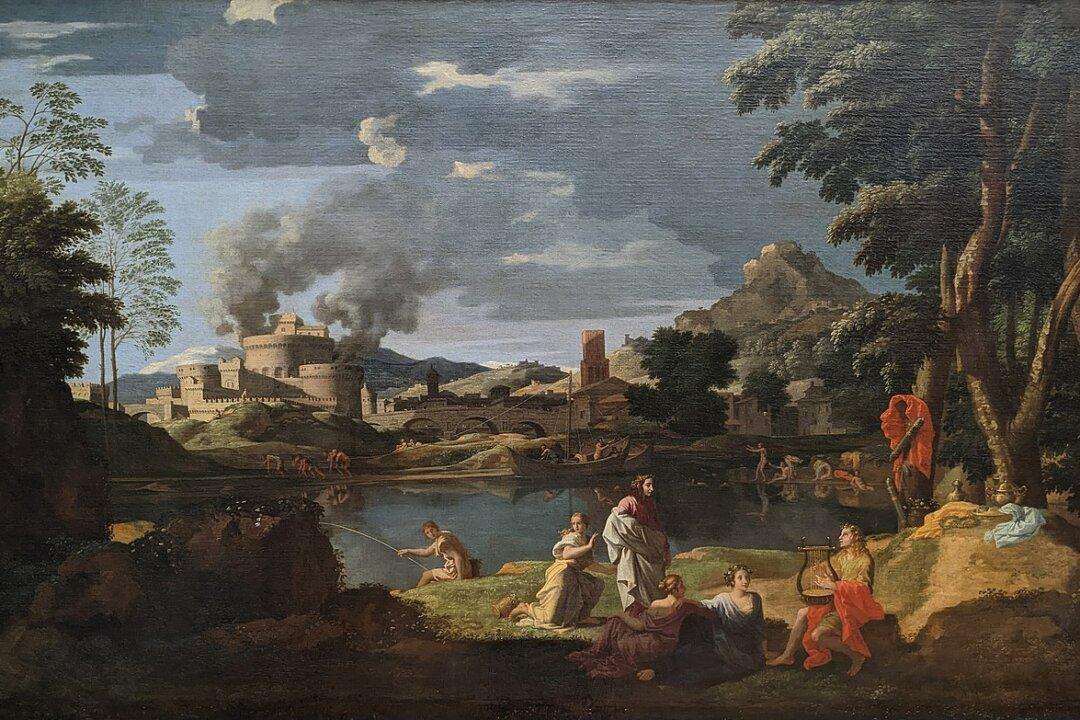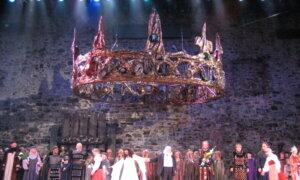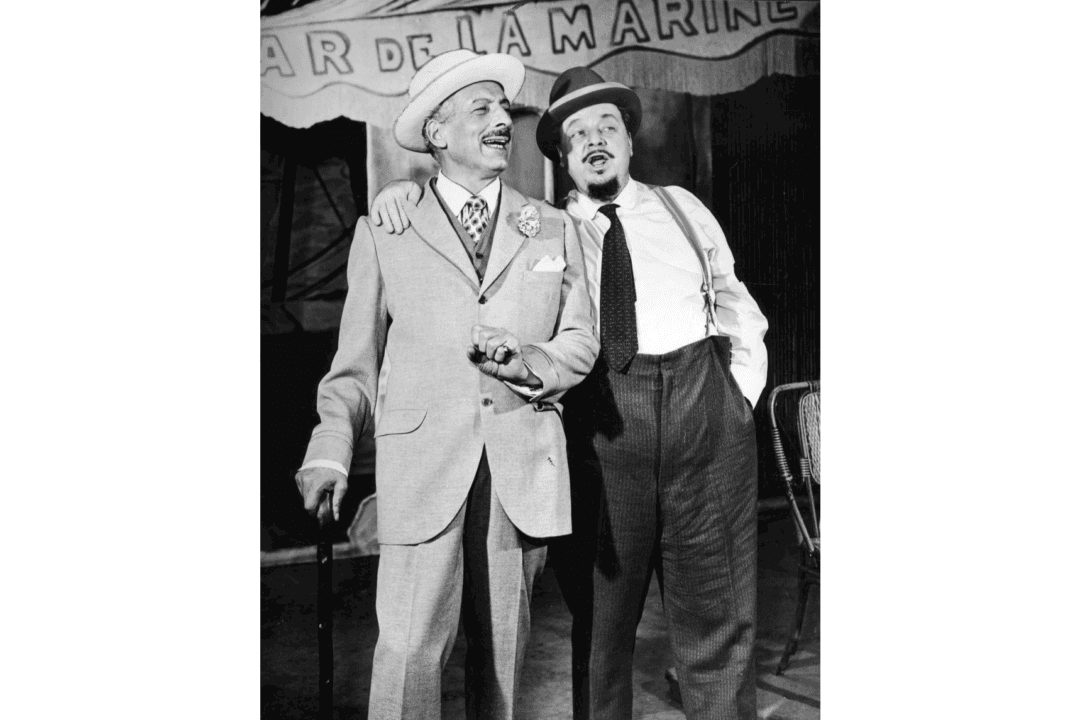The story of Orpheus and Eurydice is one of the classic tragic love stories of ancient Greek mythology. Orpheus, the great Thracian musician, whose voice and instrumental skills charmed the furies of the underworld, is a natural hero for a musical drama, and one of the most popular stories in opera.
The myth was recorded by Virgil in his “Georgics” poems, Ovid in “Metamorphoses,” and Pseudo-Apollodorus in “Bibliotheca.” The central plot is similar in all three versions. The divinely talented musician Orpheus marries the beautiful Eurydice, his beloved.

She is bitten by a snake and dies. Devastated, Orpheus goes to the underworld to retrieve his wife. He encounters many trials in the dark kingdom, but his beautiful music enchants even Hades himself, so the god of the underworld grants his request to bring Eurydice back to the world. However, he can only take Eurydice back to the land of the living if she follows him, but he doesn’t look back.
Operatic Drama
Since the early 17th century, composers have returned to this story. The oldest regularly performed opera is Claudio Monteverdi’s “L’Orfeo,” written in 1607. However, it’s not the earliest surviving opera. That distinction belongs to another work based on the same story, “Euridice” by Jacopo Peri, written in 1600. Between the two, Giulio Caccini composed his own version of “Euridice” in 1600, set to the same libretto as Peri’s, and written in direct competition to his rival.Peri’s “Euridice” introduced what would become the standard operatic musical structure: a mixture of arias, songs with instrumental accompaniment, and recitativo, more spoken vocal lines with sparse accompaniment which are more conversational, and similar to dialogue. All three operas are in Italian. The libretto used in both versions of “Euridice” was inspired by Ovid’s “Metamorphoses.” The story features the addition of the goddess Venus (Venere) to guide Orpheus, and ends happily with Orpheus rescuing Eurydice.
Virgil’s writings inspired Monteverdi and Ovid’s librettos; in Monteverdi’s version, Orpheus looks back and loses Eurydice. After that, it ends either with the entrance of wild drunken women (Bacchantes), or Apollo’s acceptance of Orpheus into the heavens.
In 1647, Luigi Rossi wrote another Italian opera based on the myth, called simply “Orpheus” (Orfeo). It was the composer’s second opera, and one of the first operas performed in France. Like two of its predecessors, it included intervention by Venus, but this time she is in cahoots with Eurydice’s father against the lovers.
Baroque to Classical Opera
As opera moved into the 18th century, the most famous opera based on this story is “Orfeo ed Euridice” by Christoph Willibald Gluck. It premiered in Vienna in 1762 in Italian with an alto castrato as Orpheus. Gluck revised it in 1769 in Parma, revising the role of Orpheus for soprano castrato, a male singer with an even higher falsetto voice. In 1774, he revised the opera again for performance by the Paris Opera, this time making substantial changes to suit Parisian taste. A new French libretto was used, changing the title to “Orphée et Eurydice.”
Since castrati were never popular in France, Gluck changed the role of Orpheus to a haute-contre, the high tenor voice, which usually played the heroic male leads in French Baroque operas. Although some dancing was included in the first version, long ballet sequences were added according to the style at the Paris Opera, including “Dance of the Furies” from Gluck’s earlier “Don Juan” and the beautiful “Dance of the Blessed Spirits.”
This opera’s plot begins after Eurydice has died, and the opening scene depicts the grieving Orpheus at his wife’s tomb. In both versions, there are few soloist roles. Cupid (Amore) is the only character besides the titular spouses, and she gives Orpheus the idea to retrieve Eurydice from the underworld. Although Orpheus can’t resist looking back at her, Cupid saves the day by preventing his suicide, restoring Eurydice to life, and reuniting the pair.
Romantic Era and Beyond
The most famous version of this opera from the 1800s is “Orpheus in the Underworld” (“Orphée aux Enfers”) by Jacques Offenbach, an 1858 comic opera or “opera buffon,” which parodied the famous tale. This French opera was Offenbach’s first full-length opera, and it proved a big financial success, largely because of the heated reactions it drew.
It’s a very whimsical take on the story, where Orpheus is a violin teacher relieved when Eurydice is whisked away to the underworld because they don’t like each other. The satirical work includes a large collection of characters from Greek mythology. The story ends with Eurydice becoming a priestess of Bacchus, the god of wine, leaving Orpheus happily rid of her. This opera introduced the “Galop infernal” as a revelrous dance on Mount Olympus. It later became the signature tune for the popular can-can dance.
In the 20th and 21st centuries, Orphean operas have remained popular. There are dozens of operatic takes on this story, in various languages, styles, lengths, traditionalism, production scale, and success.
The story of Orpheus has endured across the ages because it includes immortal truths. It shows the power of music, the selflessness of true love, and the inevitability of death.








